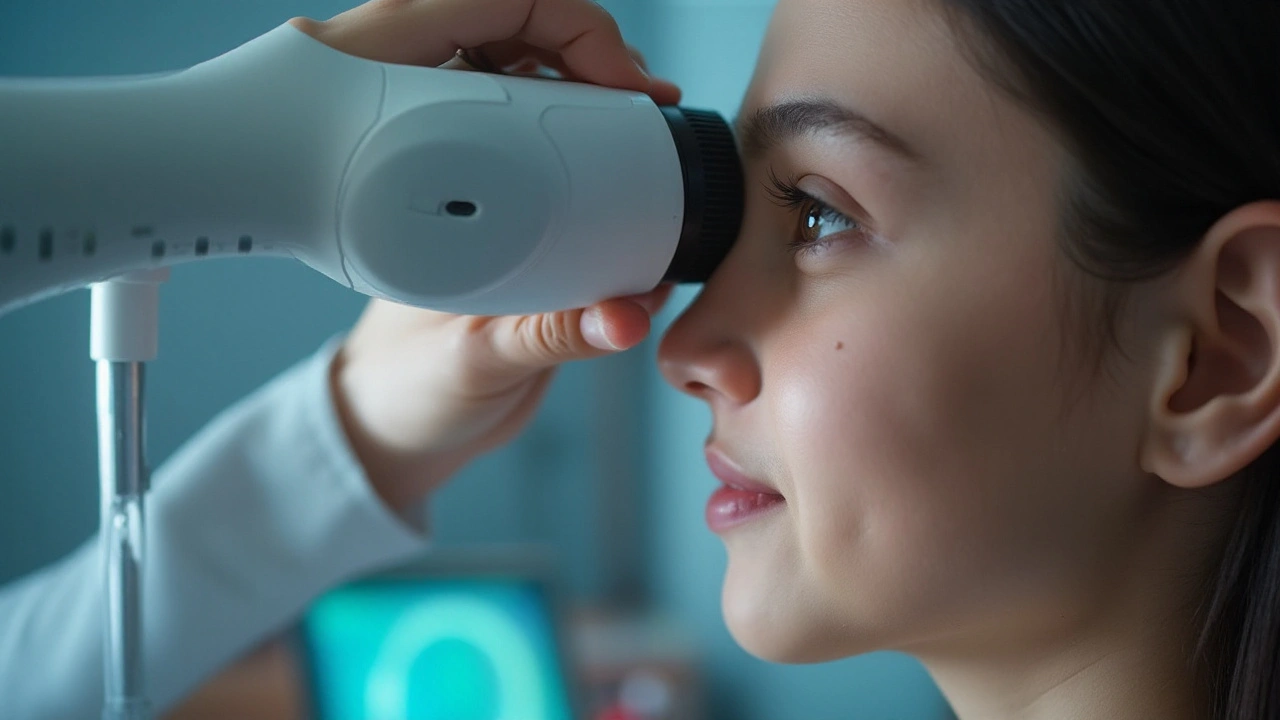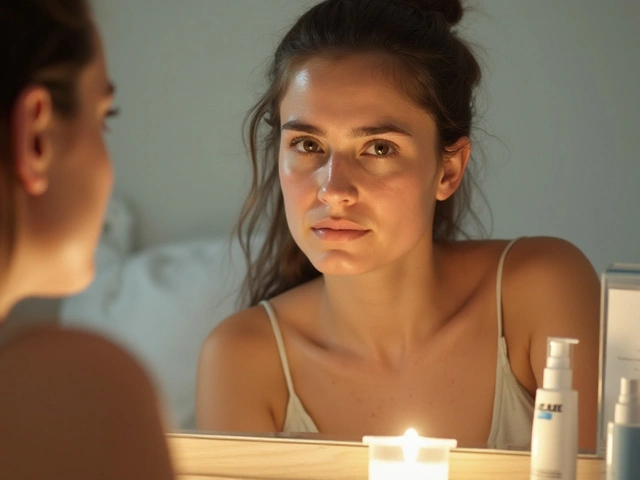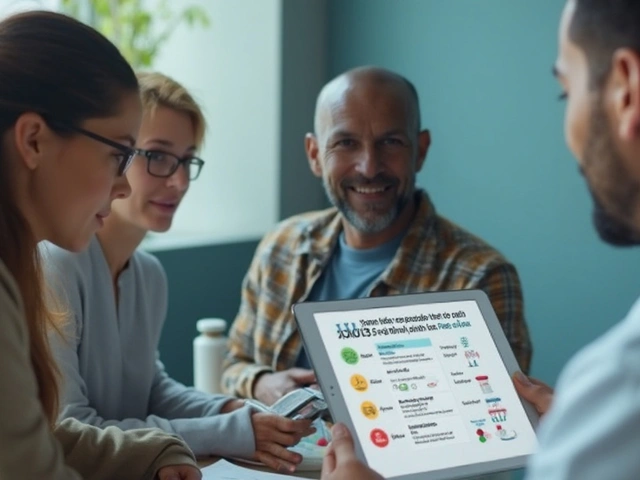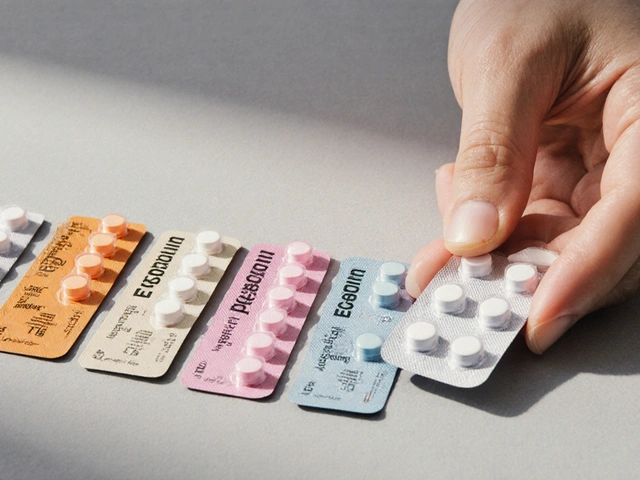Glaucoma Monitoring: The Real-World Guide
Ever worried about how to actually keep tabs on glaucoma? You're not alone. Managing glaucoma isn't just about taking drops—it's about never letting the disease sneak up on your vision. Staying on track means checking the right things at the right time and knowing what those test results really tell you.
The big deal with glaucoma is that you often don’t notice changes until they've already happened. That’s why regular monitoring matters so much. This usually includes eye pressure checks (IOP), visual field tests, and optic nerve exams. At home, though, most people don’t have fancy devices. So what can you do?
Start with the basics: Write down when you use your eye drops and how your eyes feel each day. If your vision gets blurry, or you start seeing halos or dark spots, jot that down. Some people use phone apps to track symptoms and reminders for drops—sounds simple, but it helps you catch changes early.
Most clinics will use a tonometer to measure your eye pressure. If you want to get high-tech at home, handheld tonometers are available, but talk with your doctor before investing—some are more reliable than others, and not everyone needs one. The key is consistency: check your eyes at the same time each day and tell your doctor about any weird results or sudden changes in vision.
Visual field testing sounds intimidating, but it’s really just about spotting small dark patches that might signal glaucoma is getting worse. At home, basic “Amsler grid” tests (easy to print or find as apps) can catch obvious changes, but nothing beats a professional test for detail. Do the home tests between doctor visits if you’re at risk or already diagnosed.
If your doctor suggests imaging tests (like OCT scans), go for it—these give a snapshot of your optic nerve and help spot trouble early. But remember, the technology doesn’t replace your instincts and daily self-checks. If something feels off—even if your last checkup was fine—call your doctor.
Here's a pro tip: set a regular reminder to review your notes, even if it's just once a week. Over time, you'll spot patterns that help you and your eye doctor make better treatment decisions. And yes, bring your notes to every appointment. Your doctor will appreciate the extra info, and you’ll get far more useful advice.
Sticking to this routine won't reverse glaucoma, but it does stack the odds in your favor. Brushing up on the latest monitoring tools or tweaks? Check with trusted sources, like your eye specialist or reputable pharmacies, before adding anything new to the mix. Stay curious, stay organized, and don’t let glaucoma catch you off guard.

Advanced Optic Nerve Imaging for Glaucoma Diagnosis & Control
Optic nerve imaging plays a pivotal role in the early diagnosis and ongoing monitoring of glaucoma, a condition that can lead to irreversible blindness if untreated. This article delves into the methods and technologies used in optic nerve imaging, explains its importance, and offers tips on how patients and healthcare professionals can make the most of these tools.




